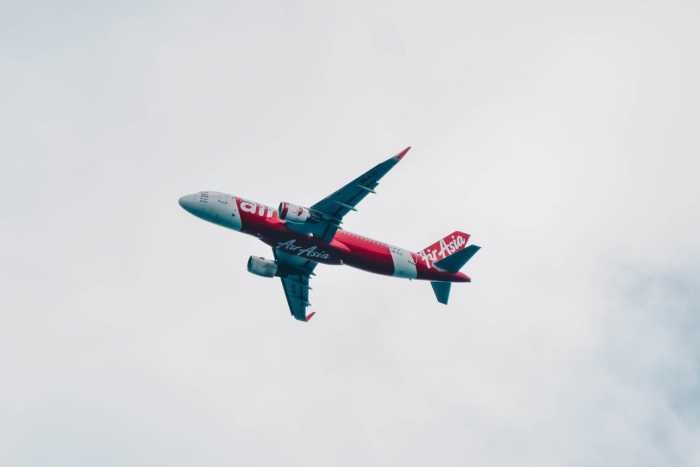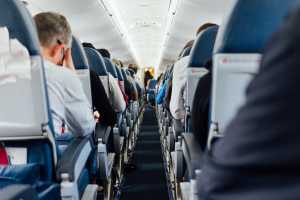
Thai AirAsia Expects 90% Capacity Next Year
21st Dec 2022

According to Thai AirAsia, passenger volume in 2019 will be 90% higher than it was in 2016, prior to the COVID-19 epidemic.The optimistic forecast was made since visitors from outside have been flooding Thailand. The well-known low-cost carrier is also certain that the massive group of Chinese visitors will be able to return to the travel industry in 2019.
According to Santisuk Klongchaiya, CEO of Thai AirAsia, the rebound may already be evident by the end of this year in the surge in passenger traffic. In reality, compared to 2021, Thai AirAsia's passenger volume increased by more than thrice in 2022. Over 10 million people will be travelling this year, compared to 2.93 million passengers last year.
The CEO of Thai AirAsia supported his optimistic prognosis with a number of market figures. They claimed that the aircraft utilisation rate (a measure used by airlines to indicate how many hours per day the aircraft is actually in operation as opposed to being idle) reached 12 hours last month.
Additionally, the airline cabins are much more fully occupied. By the end of this month, Thai AirAsia anticipates reaching an occupancy rate of 81%. The airline has also been successful locally, capturing a 32% market share in Thailand. They have the biggest fleet of any low-cost airline operating in Thailand, with 53 aircraft, which contributes to their overwhelming market position.
According to Thai AirAsia, local travellers have been a solid and consistent market that will support the rising return of international travellers to help them regain levels that are similar to those from before the pandemic. And if China loosens its travel restrictions and lets its people see other countries, most in the tourism industry anticipate a cathartic surge in Chinese visitors. Once the floodgates open from China, the airline plans to resume its 10 grounded aircraft.
But this lockdown has also taught them a valuable lesson. Thai AirAsia is diversifying its flight schedule to ensure that it is not reliant on a single group of passengers. They added additional flights to Japan and Taiwan, as well as routes to South Asia, Southeast Asia, and India. The airline intends to increase its footprint in India and introduce direct flights to Pakistan and Nepal in the next year.






